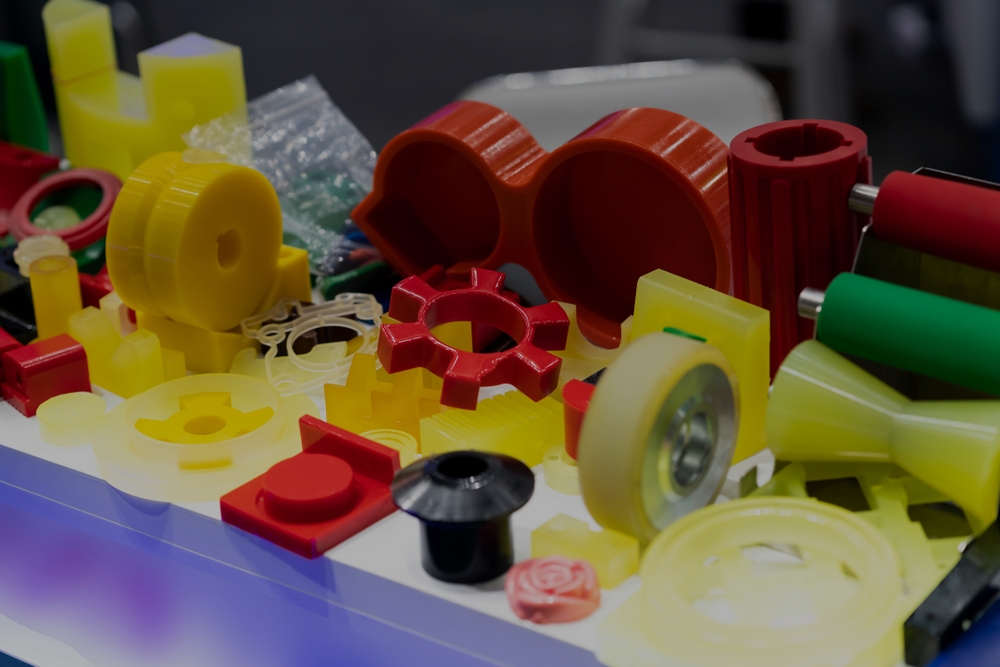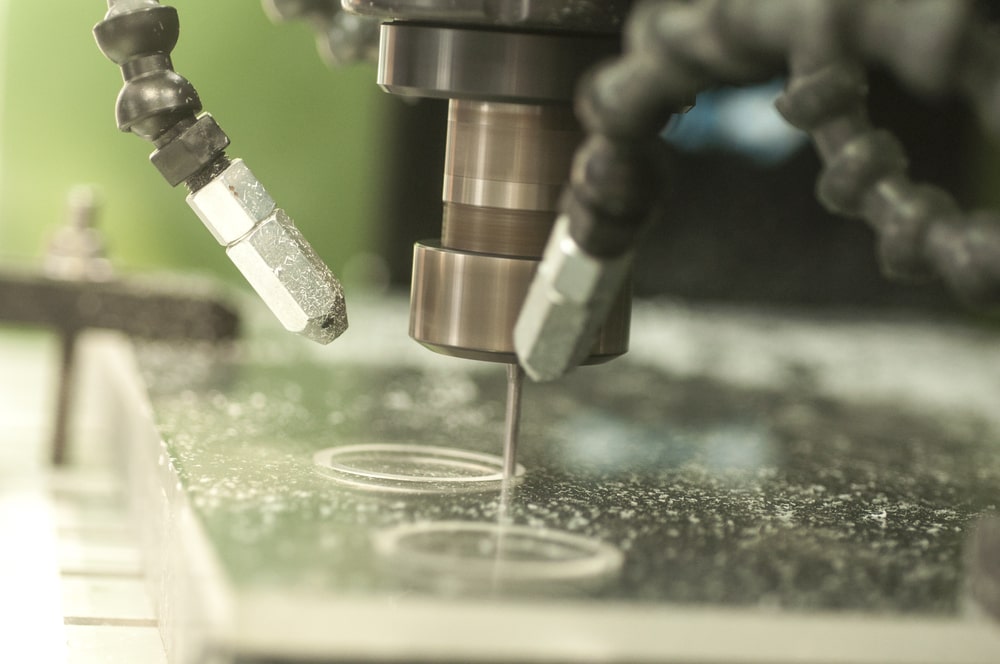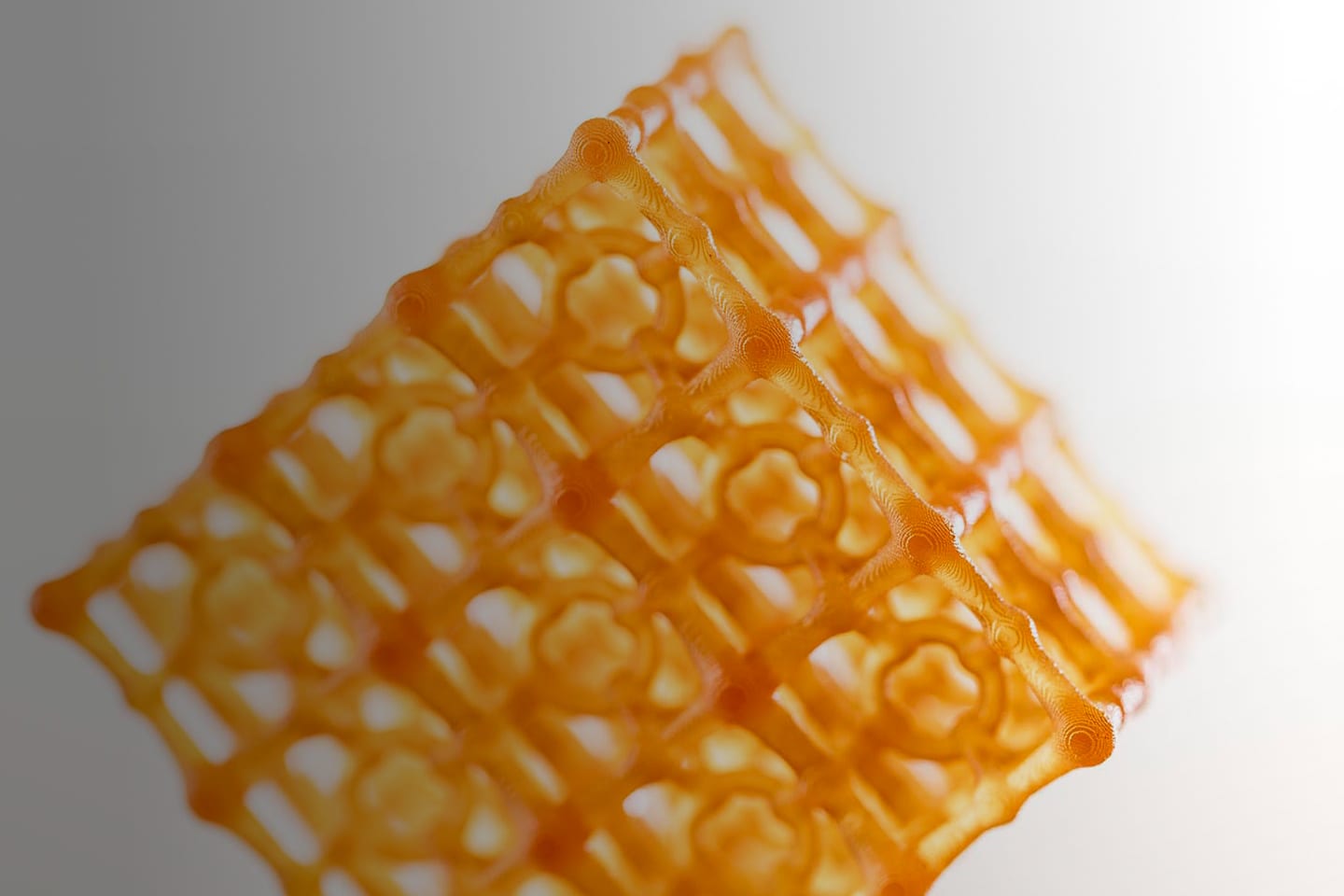Top 5 Chemical-Resistant Plastics
Published on April 21, 2021
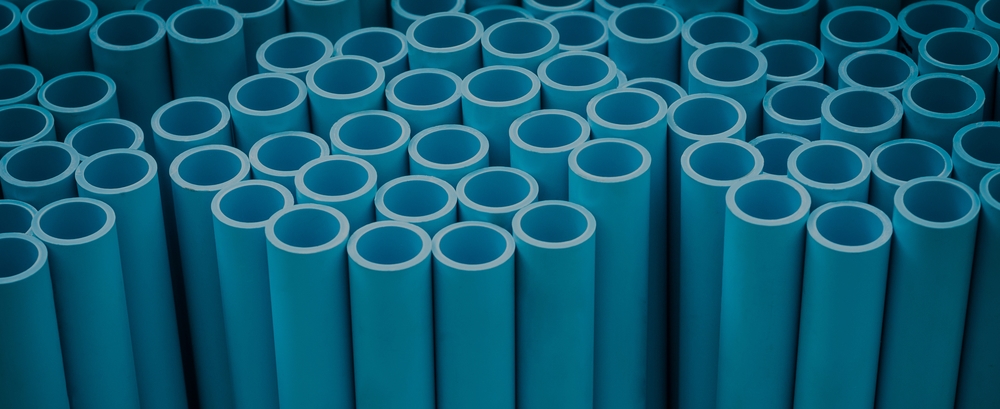
Originally published on fastradius.com on April 21, 2021
When engineering a plastic component that will come into contact with harsh chemicals for any period of time, you must prioritize chemical resistance as much as possible. There are many factors that influence the chemical resistance of a part, including:
- Temperature: Higher temperatures encourage chemical attacks and escalate physical absorption.
- Length of exposure: Damage from chemical reactions can take time before appearing.
- Chemical concentration: Chemicals with high concentrations are more likely to harm plastics.
- The surface area of chemical damage: The more space a chemical attacks, the more extensive the degradation.
In industrial applications, any one of these reactions can critically compromise the longevity of a plastic part or cause it to fail entirely. If your project is designed for use in a chemical environment, you must ensure it uses a chemical-resistant plastic best suited for the job. Read our chemical compatibility list to discover five plastics commonly chosen for their chemical resistance.
Polytetrafluoroethylene (PTFE) — Teflon®
PTFE, also commonly known as Teflon, is a low-friction fluoropolymer that is soft and formable. This means it will bend instead of break when taking complex shapes. Along with its flexibility, PTFE offers outstanding chemical resistance and fantastic weathering resistance. This makes PTFE a great choice for components that need to be tough against chemicals but malleable during and after production.
Due to its high heat resistance, PTFE is often used in environments with elevated temperatures — it remains stable up to 260°C (500°F). Due to this quality, PTFE is commonly used to coat pots and pans. PTFE is also an electrical insulator, and can be used to manufacture semiconductor equipment. Some other components commonly made from PTFE include chemical-resistant tubing, scientific equipment, manifolds, valves, plus bearings and bushings.
Polyetheretherketone (PEEK)
PEEK is a high-performance plastic that is incredibly resistant to harsh chemicals, fresh and saltwater, and steam. PEEK maintains stiffness at high temperatures and is suitable for continuous use up to 170°C (338°F). PEEK also emits low smoke and toxic fumes when exposed to flame, increasing its high-temperature applications.
Alongside great mechanical strength and dimensional stability, PEEK is easy to manufacture and can be fabricated into complex shapes. PEEK comes in sheet, rod, and tube form with some color and grade options available, and has many manufacturing applications. PEEK is used in oil and food storage, food and beverage processing, aerospace components, medical instruments, vacuum wand handles, pumps, valves, seals, and more. PEEK is also a good semiconductor, often found in semiconductor machinery components as well as electrical connectors.
Polyvinyl Chloride (PVC)
PVC is a strong and stiff plastic, yet is still easy to fabricate and bonds well with adhesives and solvents. PVC is also excellent for joining components together, making it well-suited for creating fittings and valves. Since PVC is so inexpensive, engineers and product teams like to use it for large-scale projects and parts like chemical tanks, manifolds, and piping systems. Cabinets and working spaces can also be made from PVC, offering these spaces protection and durability without cracking.
PVC has good machinability in addition to its fabrication capacities. Since PVC comes in many colors and grades, designers will have a lot of flexibility if they choose this chemical-resistant material. While PVC is malleable, it creates difficulties for injection molding. PVC emits toxic, corrosive gasses when melted, so PVC molding is only performed by a few molding shops, and only overseas. You can find PVC in sheets, rods, or a wide variety of panels including antimicrobial and interlocking panels.
High-Density Polyethylene (HDPE)
HDPE is a thermoplastic with good chemical resistance and corrosion resistance. HDPE also has low moisture absorption, which increases a component’s protection against chemical absorption. Despite being high in stiffness and strength, HDPE is lightweight and easy to fabricate using thermoplastic welding equipment.
Since HDPE can repel acids, bases, alcohols, and even graffiti, it is often used to build public infrastructure and spaces like playgrounds or military constructions. HDPE is also used in chute and bin linings, outdoor storage and furniture, water pipe flanges, and light-duty tanks. You can access HDPE in sheet or rod form with many options for grades, colors, and textures including woodgrain and UV-stabilized coatings.
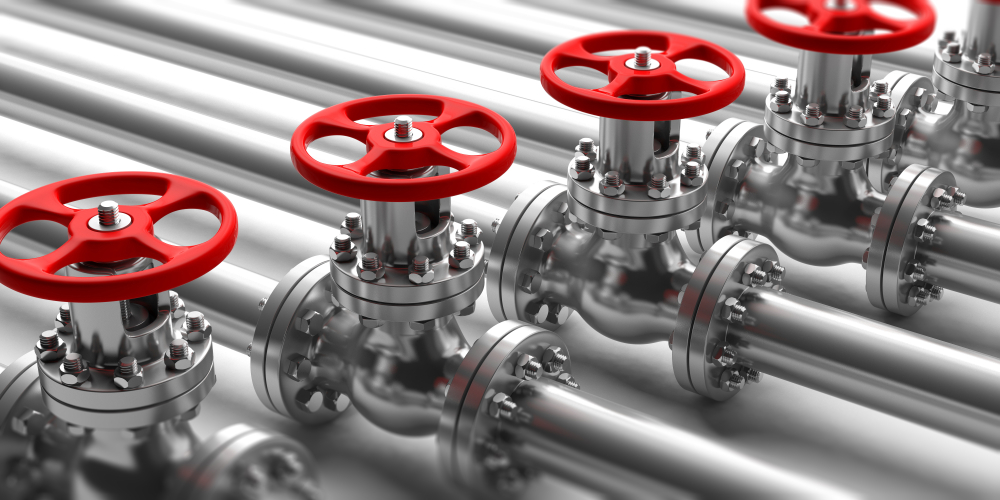
Polypropylene (PP)
PP is a low-cost polymer that is stress-crack resistant as well as chemical-resistant. This anti-cracking quality helps polypropylene fight chemical cracking, increasing its chemical resistance. PP also offers great formability, which makes it easy to weld and decorate while remaining rigid and durable.
One downside of PP is its somewhat low melting point of 120°C (248°F), which is significantly cooler than other materials on this list. However, polypropylene is still quite resistant to chemicals and other stressors. For this reason, PP is often used in body jackets and outer prosthetic sockets, as well as roofing and hurricane panels. Polypropylene is also used for outdoor equipment like terraces, patios, and playground fixtures.
Choose the Best Chemical-Resistant Plastic With SyBridge
As you design, engineer, and manufacture components for use in harsh environments, it’s essential to choose the best possible chemical-resistant plastic. The aforementioned plastics all offer incredible chemical resistance and stability, plus weldability, flexibility, and strength.
Some plastics are more resistant to high temperatures and UV radiation than others, while some plastics are better at fighting off moisture absorption and cracking. Using a chemical resistance list to select the right material will only take you so far — chemical compatibility charts and lists are good for reference, but don’t offer the context necessary to make a fully informed decision.
Consult with SyBridge, an experienced manufacturing partner, for a thorough, accurate, and unbiased material selection process. Our team of engineers will help you weigh the benefits of all possible chemically resistant plastics to ensure your next project is long-lasting, and exactly as you envisioned it. Contact us today.

